“Zinc Carbonate 500gm” has been added to your cart. View cart
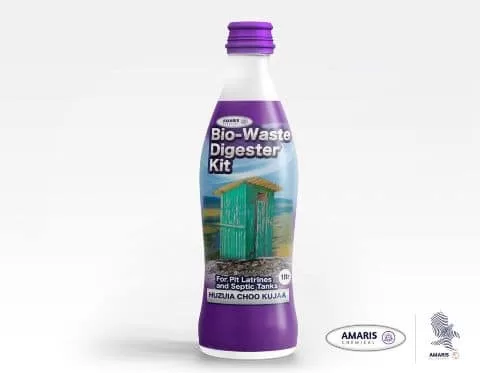
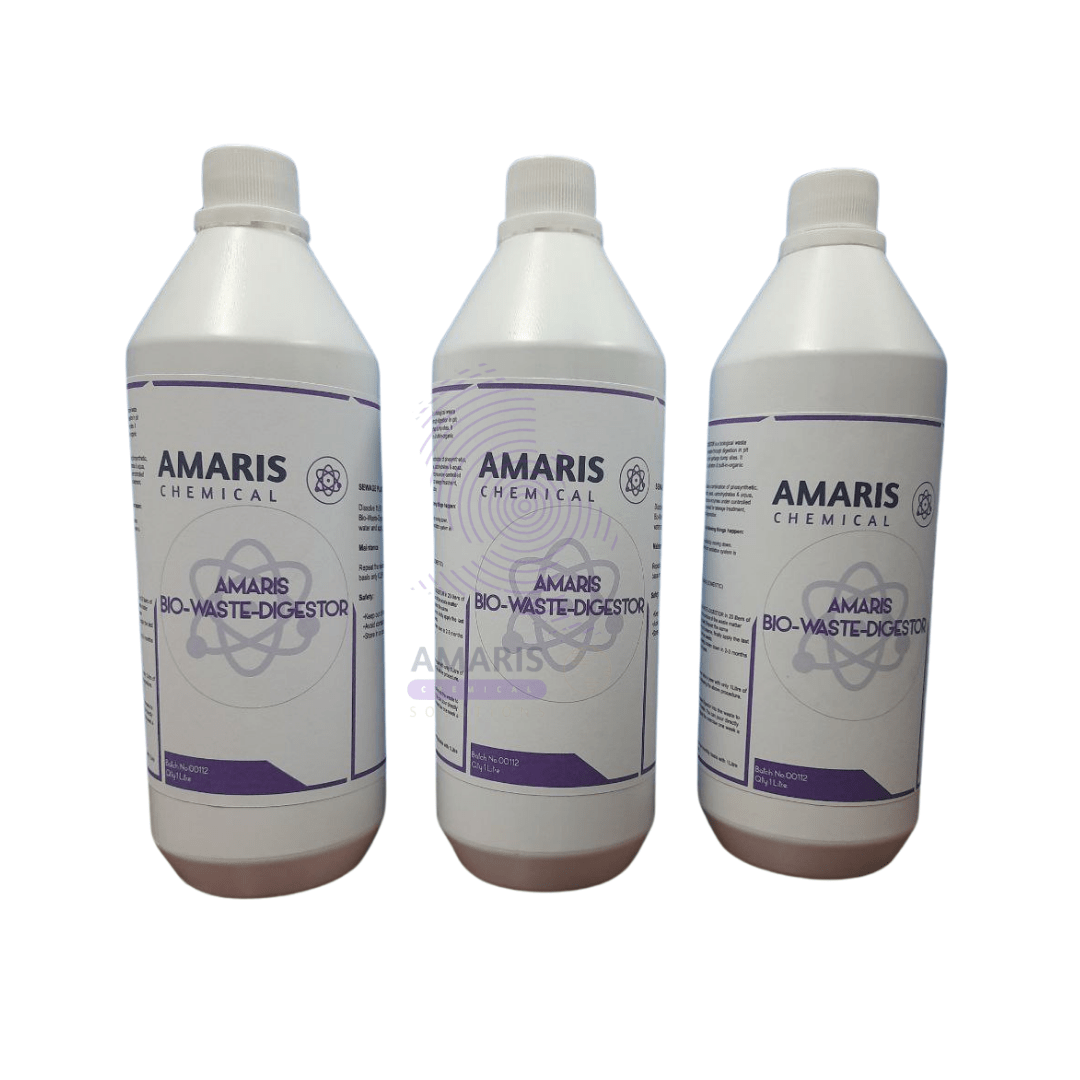
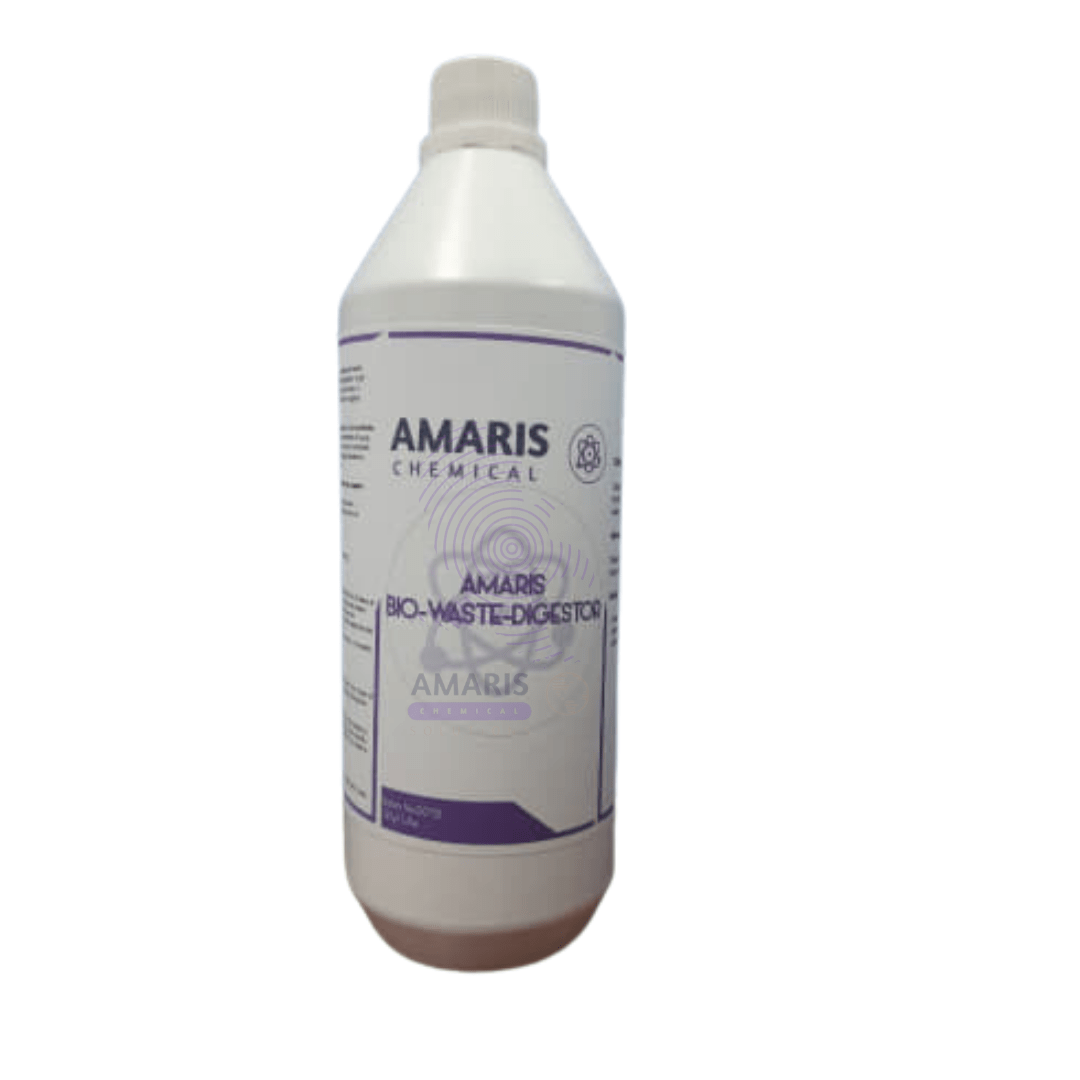

Aceto Orcein
$2,100.00 Original price was: $2,100.00.$2,000.00Current price is: $2,000.00.
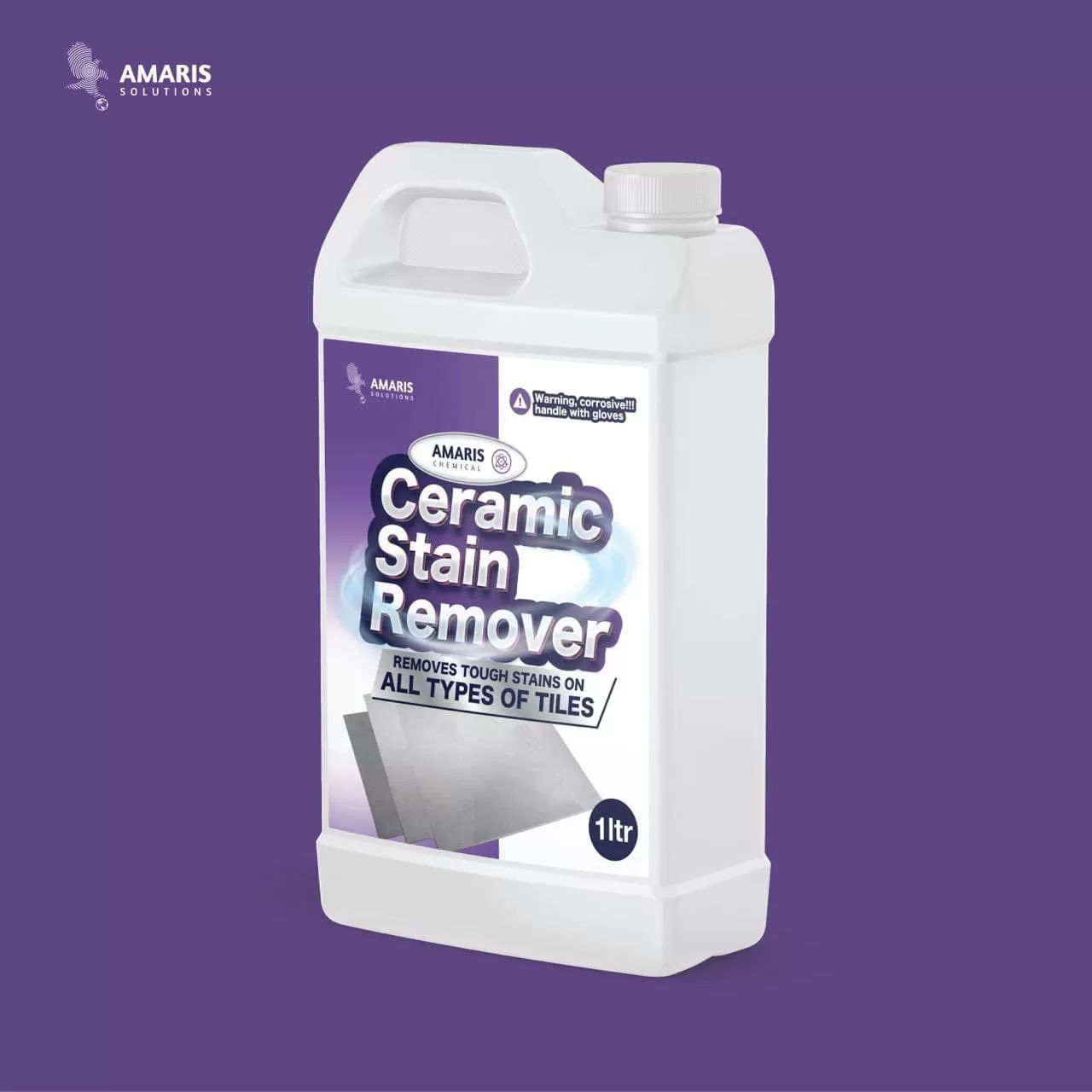
Ceramic Stain Remover(1 Litre)
$3,000.00 Original price was: $3,000.00.$2,200.00Current price is: $2,200.00.
Bio-Waste Digester Kit (1 Liter)
$1,200.00 Original price was: $1,200.00.$1,000.00Current price is: $1,000.00.
SKU:
ACS93288CHEM0
Category: Wastewater Treatment Chemicals
Reviews (0)
Be the first to review “Bio-Waste Digester Kit (1 Liter)” Cancel reply
Shipping & Delivery


MAECENAS IACULIS
Vestibulum curae torquent diam diam commodo parturient penatibus nunc dui adipiscing convallis bulum parturient suspendisse parturient a.Parturient in parturient scelerisque nibh lectus quam a natoque adipiscing a vestibulum hendrerit et pharetra fames nunc natoque dui.
ADIPISCING CONVALLIS BULUM
- Vestibulum penatibus nunc dui adipiscing convallis bulum parturient suspendisse.
- Abitur parturient praesent lectus quam a natoque adipiscing a vestibulum hendre.
- Diam parturient dictumst parturient scelerisque nibh lectus.
Scelerisque adipiscing bibendum sem vestibulum et in a a a purus lectus faucibus lobortis tincidunt purus lectus nisl class eros.Condimentum a et ullamcorper dictumst mus et tristique elementum nam inceptos hac parturient scelerisque vestibulum amet elit ut volutpat.
Related products
Magnesium chloride
Magnesium chloride is an inorganic compound with the chemical formula MgCl2. It is a crystalline salt that is composed of magnesium and chloride ions. In its solid form, it appears as a white or colorless crystalline powder. Magnesium chloride is highly soluble in water and forms hydrated forms, such as magnesium chloride hexahydrate (MgCl2·6H2O), which is commonly used in various applications.
Magnesium chloride is primarily obtained from natural sources, such as brine deposits or seawater, and it can also be produced by chemical processes. It has a wide range of uses in various industries and applications. It is commonly employed as a deicing agent for roads and highways during winter, as it effectively lowers the freezing point of water. In addition, it is used in the production of magnesium metal, as a component in the preparation of tofu, as a dust suppressant, and as a nutrient supplement in agriculture and animal feed.
Medically, magnesium chloride can be utilized as a mineral supplement for individuals with magnesium deficiencies. It may also be administered intravenously in certain medical treatments. Furthermore, magnesium chloride has been explored for its potential therapeutic benefits, such as in the management of asthma, constipation, and magnesium deficiency-related conditions.
Overall, magnesium chloride is a versatile compound with various practical applications across different industries, while also offering potential health benefits.
Sodalime with indicator 500gm
Sodalime with an indicator is a substance often used in medical and laboratory settings, primarily for the absorption of carbon dioxide (CO₂) and certain other acidic gases. The indicator in sodalime serves a crucial function by visually signaling when the sodalime has been exhausted and can no longer effectively absorb CO₂. Here’s a detailed look at its components, functionality, and use:
Components of Sodalime
- Sodium Hydroxide (NaOH) and Potassium Hydroxide (KOH): These strong bases are the active components that react with CO₂ to form carbonates and water.
- Calcium Hydroxide (Ca(OH)₂): This provides a medium in which the reaction takes place and also participates in the CO₂ absorption process.
- Water (H₂O): Necessary for the chemical reaction.
- Indicator Dye: Changes color based on the pH level, signaling when the sodalime is no longer effective.
Chemical Reaction
The primary reaction for CO₂ absorption can be summarized as: CO2+H2O→H2CO3text{CO}_2 + text{H}_2text{O} rightarrow text{H}_2text{CO}_3CO2+H2O→H2CO3 H2CO3+2NaOH→Na2CO3+2H2Otext{H}_2text{CO}_3 + 2text{NaOH} rightarrow text{Na}_2text{CO}_3 + 2text{H}_2text{O}H2CO3+2NaOH→Na2CO3+2H2O Secondary reactions may involve calcium hydroxide: Na2CO3+Ca(OH)2→2NaOH+CaCO3text{Na}_2text{CO}_3 + text{Ca(OH)}_2 rightarrow 2text{NaOH} + text{CaCO}_3Na2CO3+Ca(OH)2→2NaOH+CaCO3Sodium Metal 100gm
Chemical Formula: Na
Appearance: Sodium metal is a soft, silvery-white, highly reactive metal. It is shiny when freshly cut but tarnishes rapidly in air due to oxidation.
Physical Properties:
- Atomic Number: 11
- Density: 0.97 g/cm³ at 20°C
- Melting Point: 97.79°C (207.02°F)
- Boiling Point: 883°C (1621°F)
- Hardness: Sodium is soft enough to be cut with a knife.
- Reactivity: Sodium is highly reactive, especially with water, producing sodium hydroxide and hydrogen gas. This reaction is exothermic and can be explosive. 2Na+2H2O→2NaOH+H22Na + 2H_2O → 2NaOH + H_22Na+2H2O→2NaOH+H2
- Oxidation: In air, sodium rapidly oxidizes, forming a layer of sodium oxide (Na_2O).
Sodium Sulphate Anhydrous 500g
Sodium sulfate anhydrous, also known as anhydrous sodium sulfate or disodium sulfate, is a chemical compound with the formula Na2SO4. It is a white, crystalline powder that is soluble in water.
Here are some key properties of sodium sulfate anhydrous:
- Chemical formula: Na2SO4
- Appearance: White, crystalline powder
- Odor: Odorless
- Solubility: Soluble in water, insoluble in most organic solvents
- Melting point: 884 °C (1623 °F)
- Boiling point: 1400 °C (2552 °F)
- Hygroscopic: Yes (absorbs moisture from the air)
Zinc Carbonate 500gm
Analytical Reagents, Antioxidants, Catalysts, Excipients, Fertilizers, Wastewater Treatment Chemicals
Zinc carbonate (ZnCO₃) is a white, odorless powder that occurs naturally as the mineral smithsonite. It’s used in various applications including as a pigment in paints, a filler in rubber, and as a dietary supplement. Chemically, it's known for its ability to decompose upon heating to release carbon dioxide and zinc oxide. In the medical field, it's employed in topical preparations to treat skin conditions. Overall, zinc carbonate is valued for its versatility and effectiveness across different uses.
Zinc Chloride 500gm
Zinc chloride (ZnCl₂) is a white crystalline solid that is highly soluble in water. It is hygroscopic, meaning it can absorb moisture from the air. Zinc chloride is commonly used in various industrial applications, such as a flux for soldering, a catalyst in organic synthesis, and a wood preservative. It also has uses in textile processing, chemical synthesis, and as a disinfectant. Due to its ability to dissolve in water and its caustic nature, it should be handled with care, using appropriate safety measures.










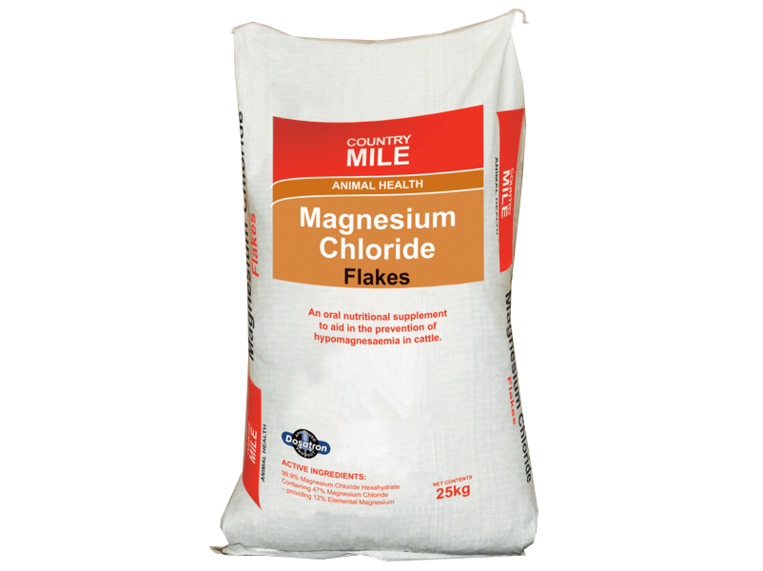
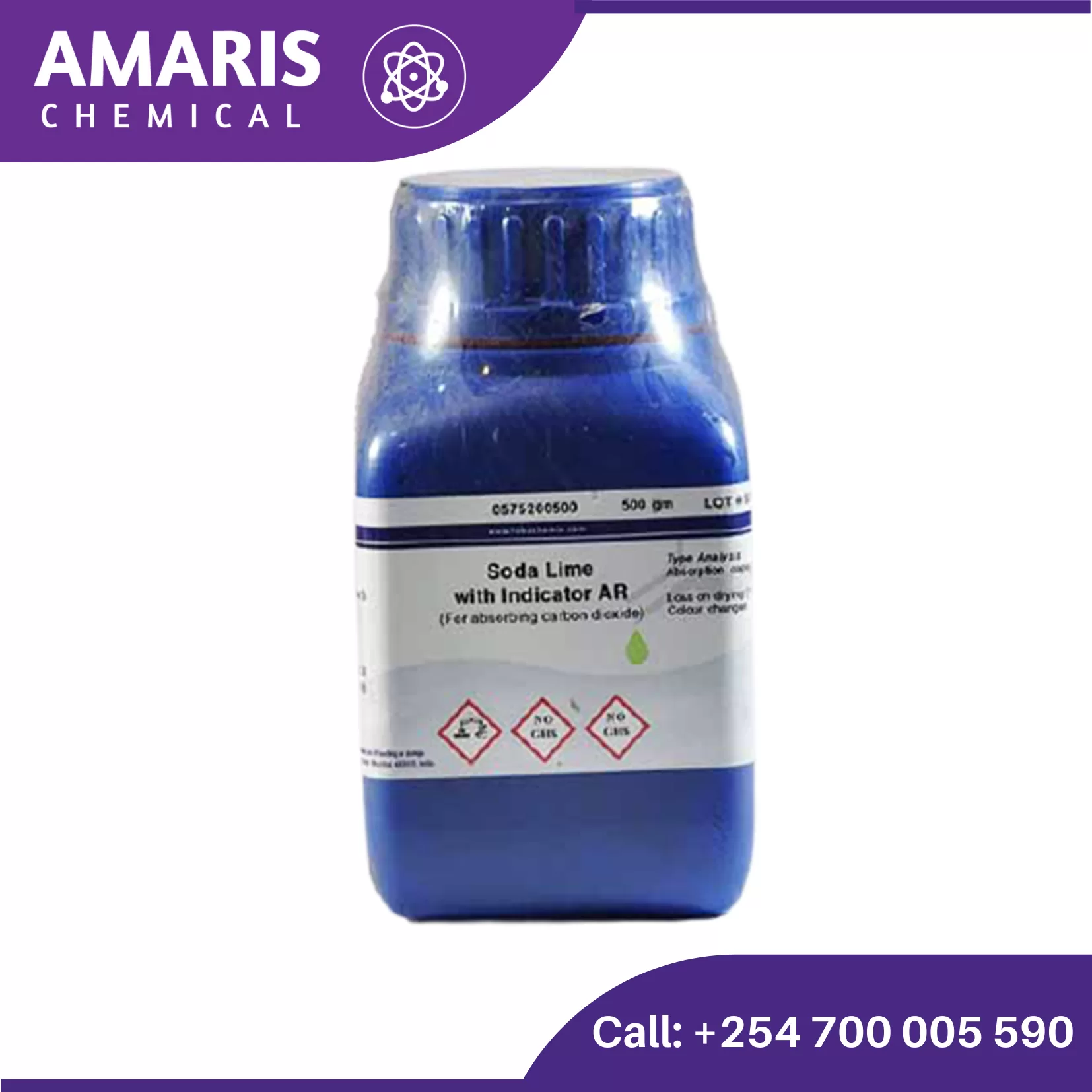
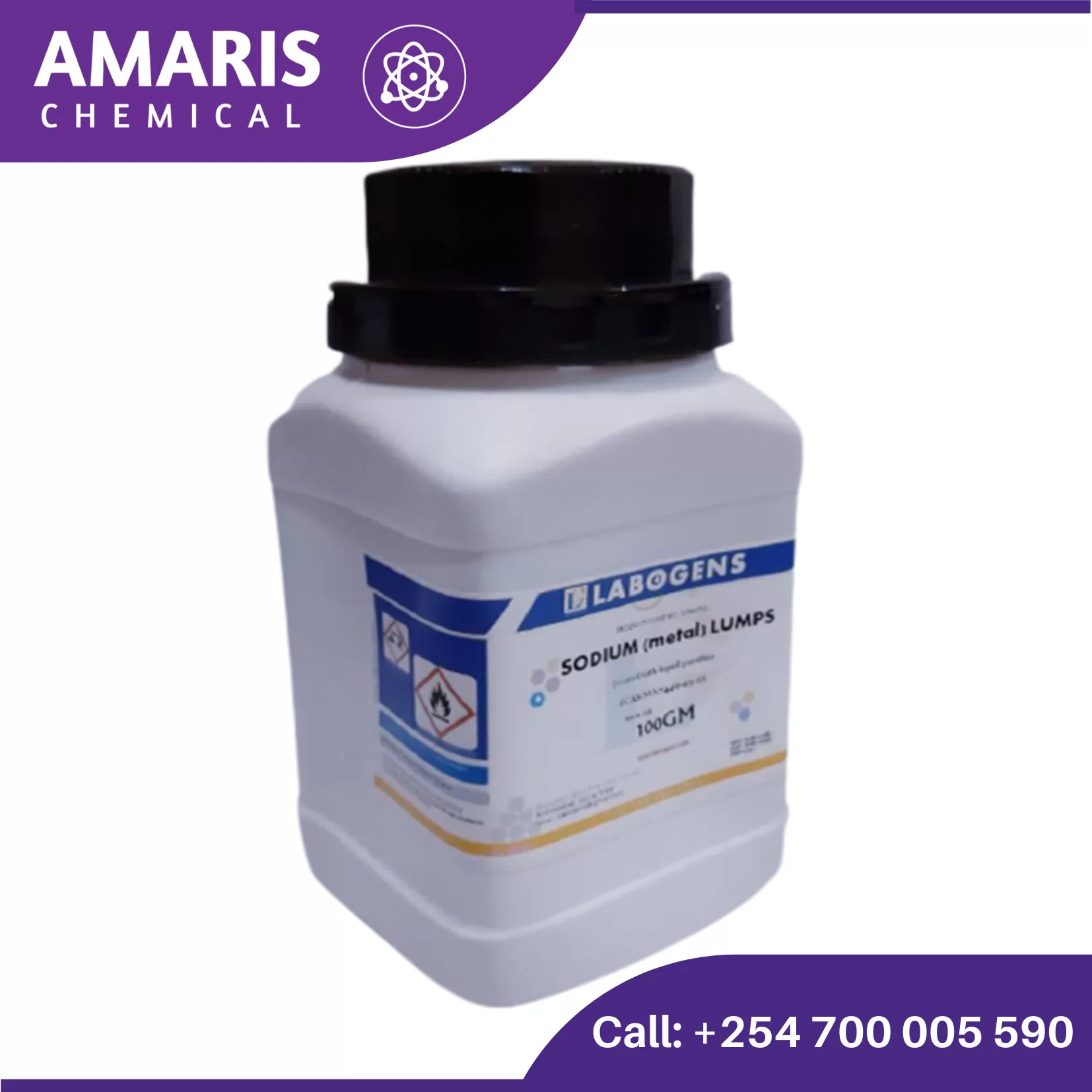
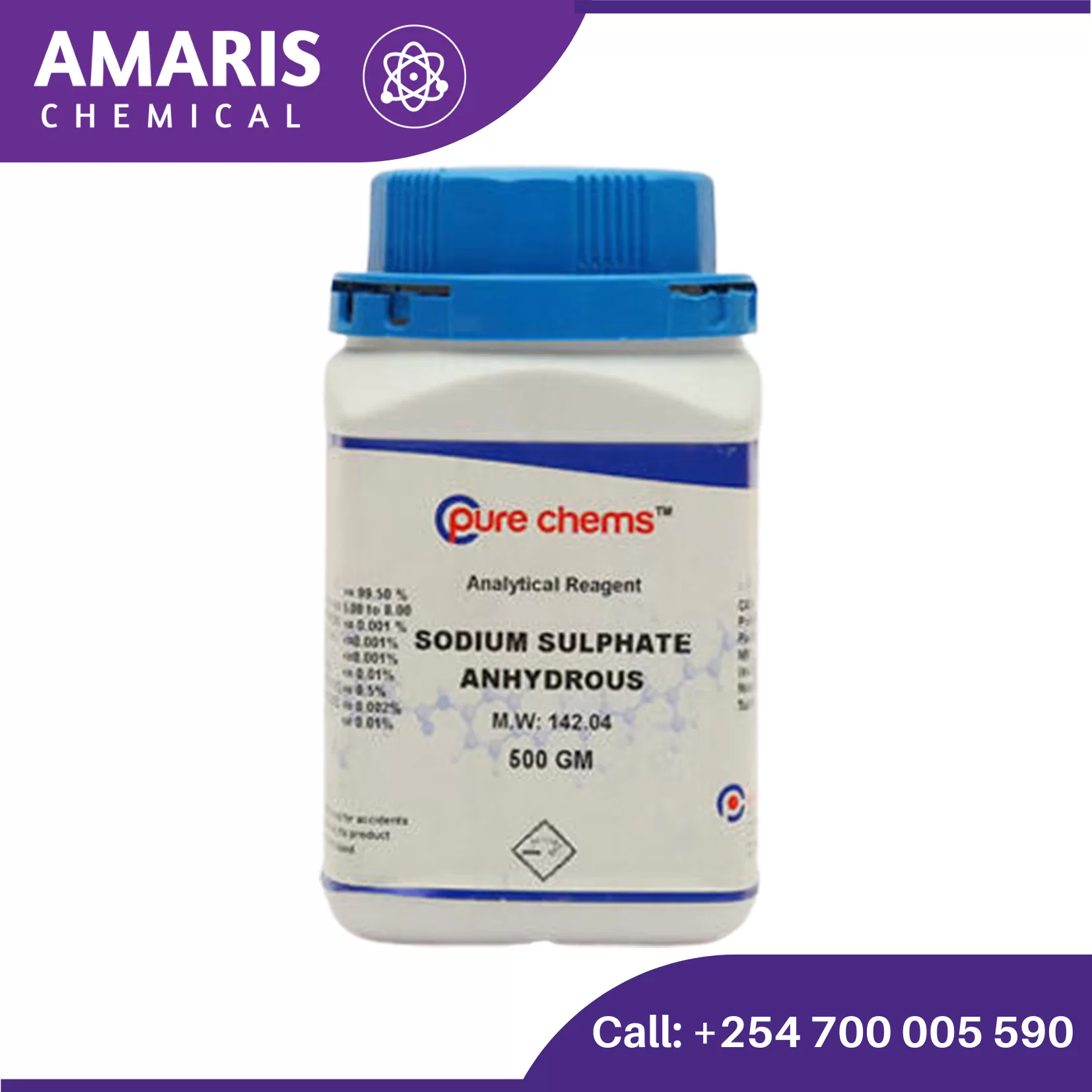
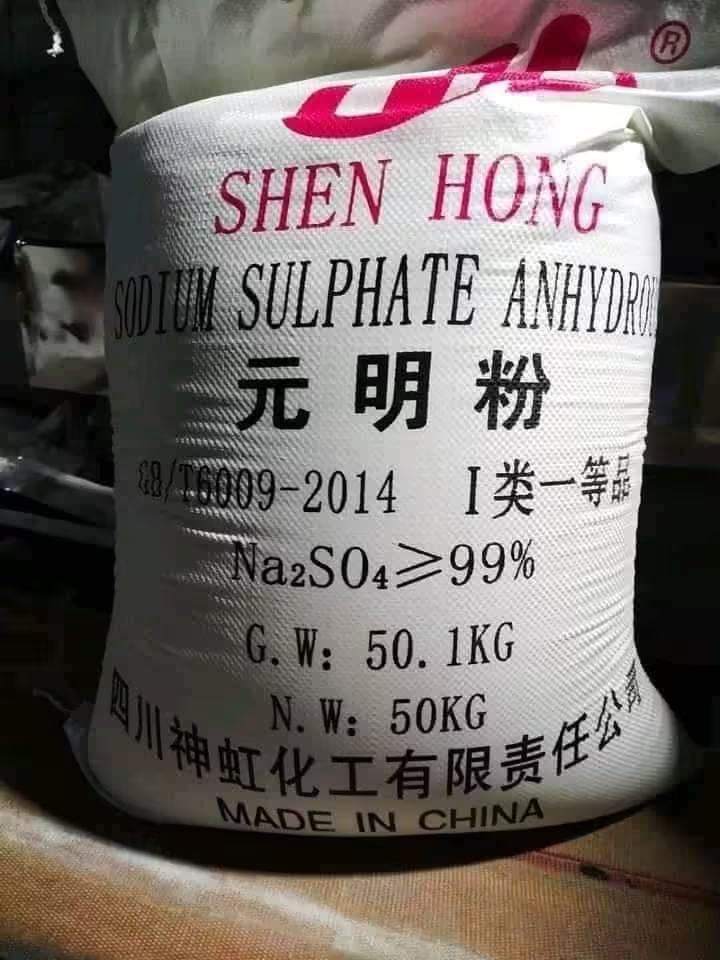
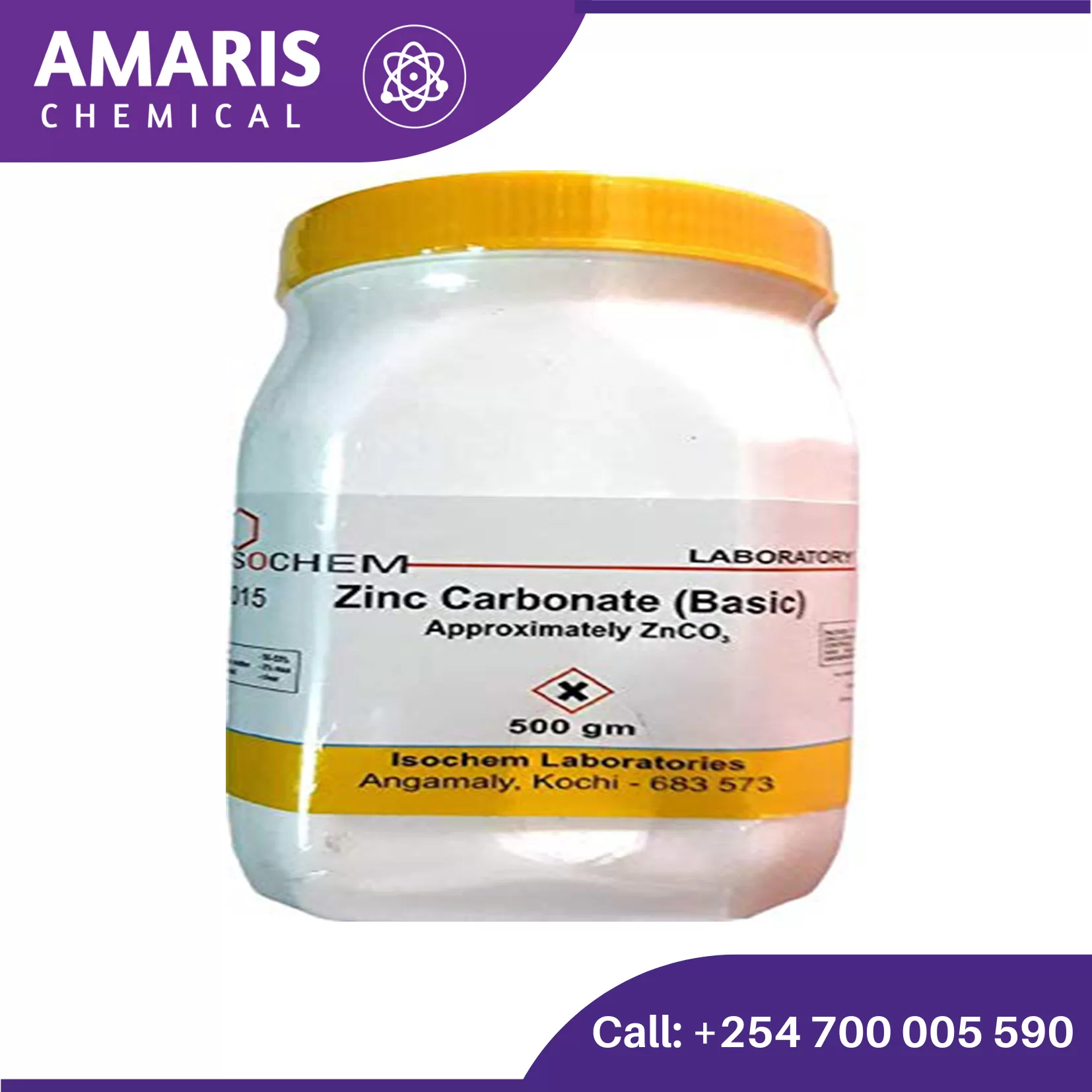
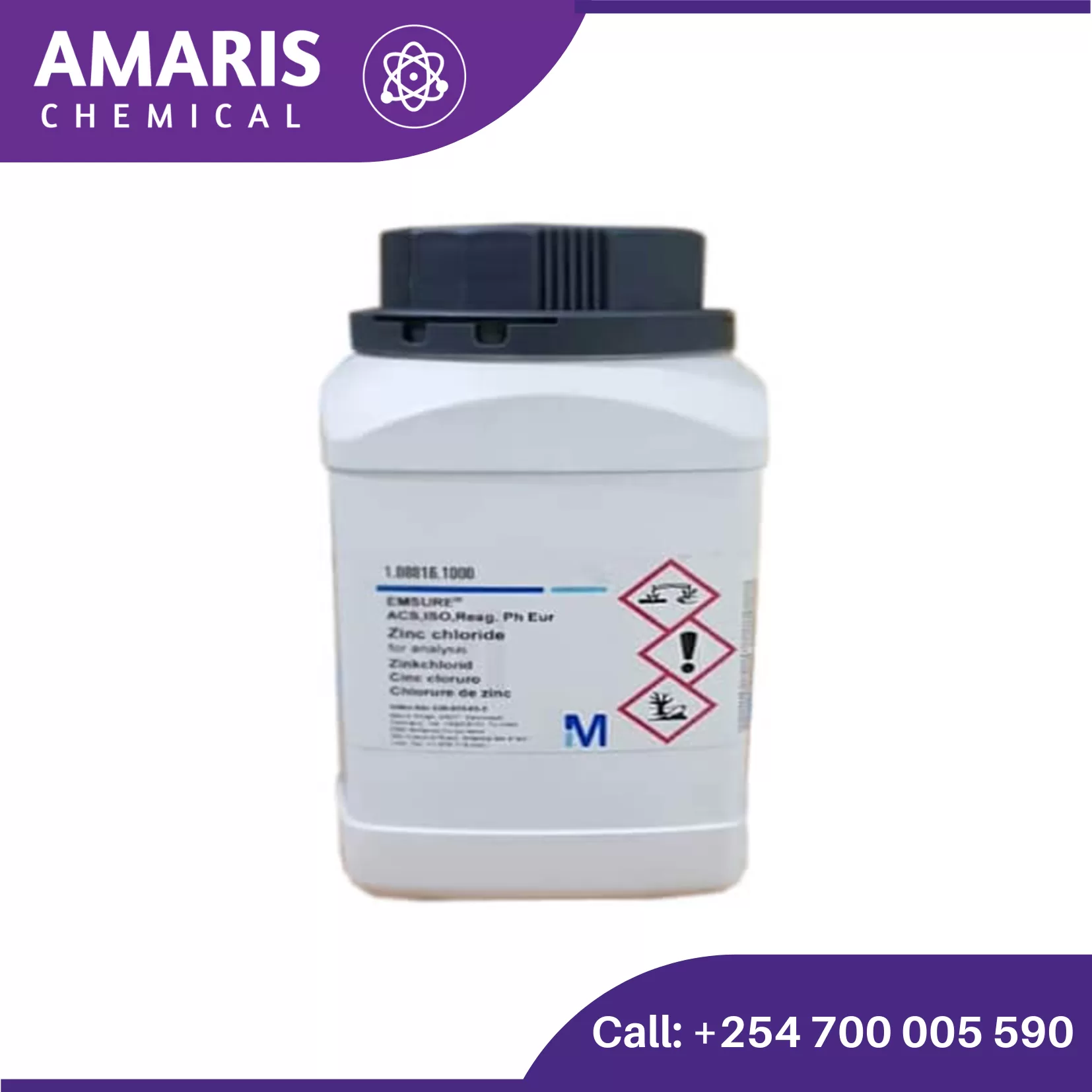
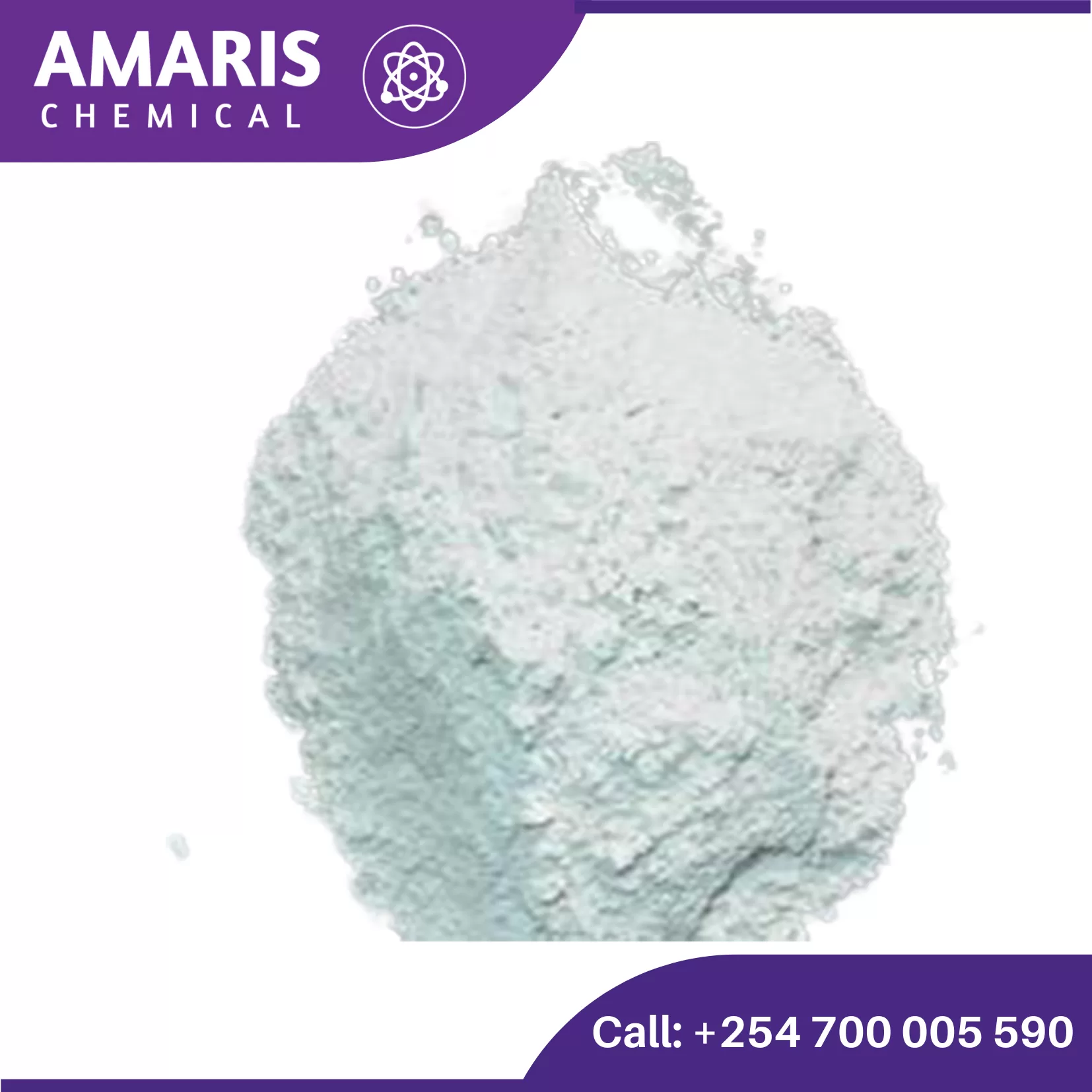
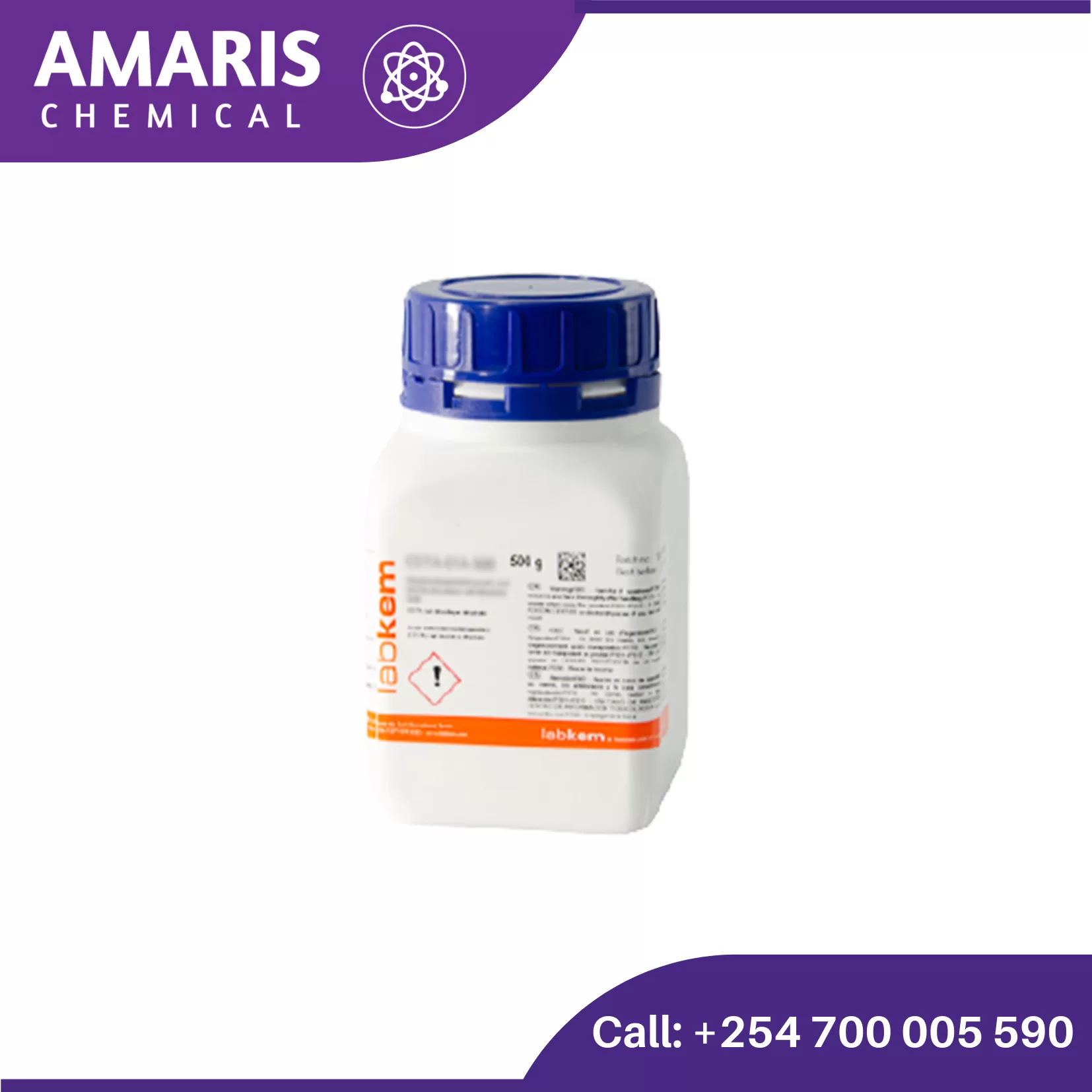









Reviews
There are no reviews yet.